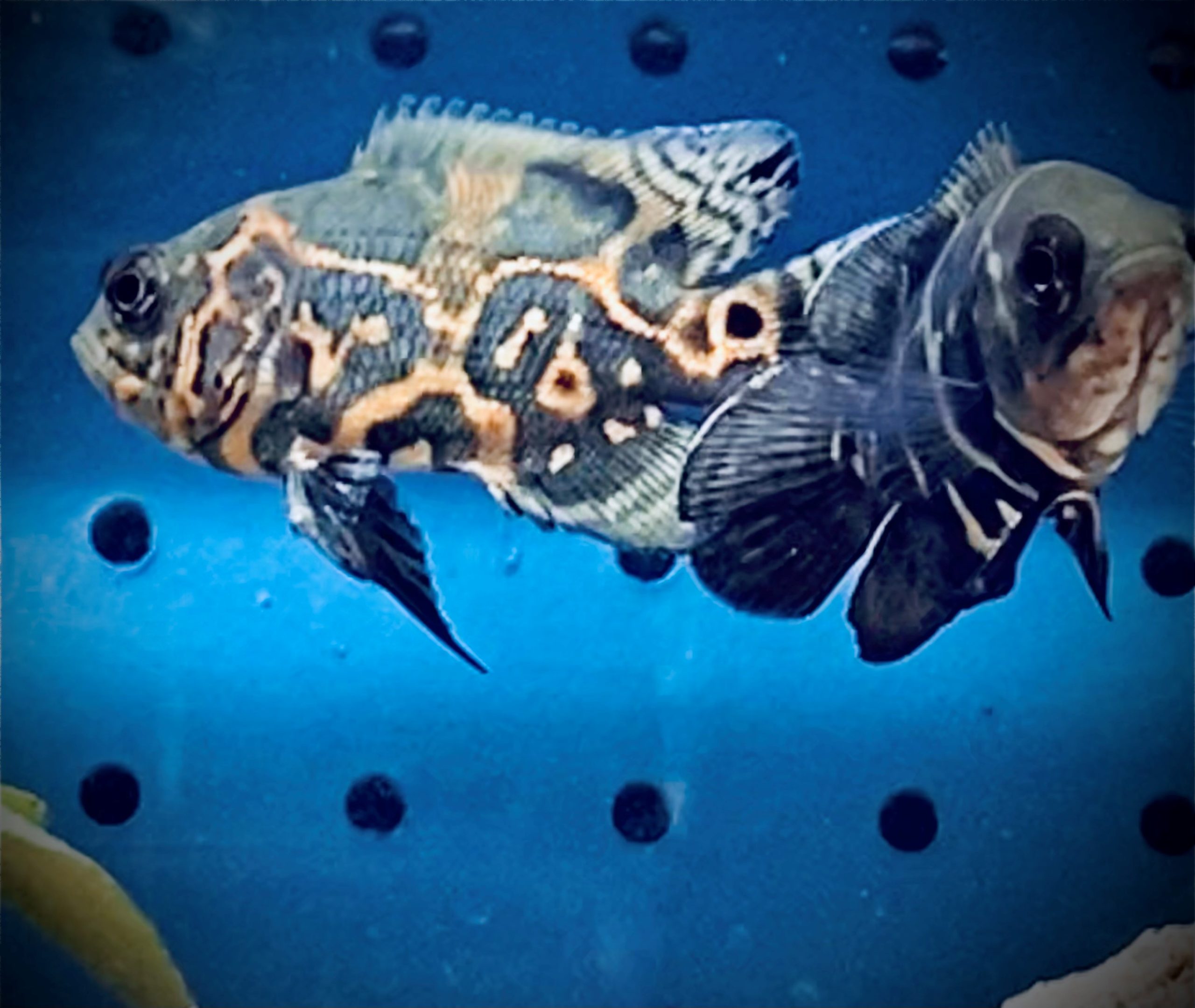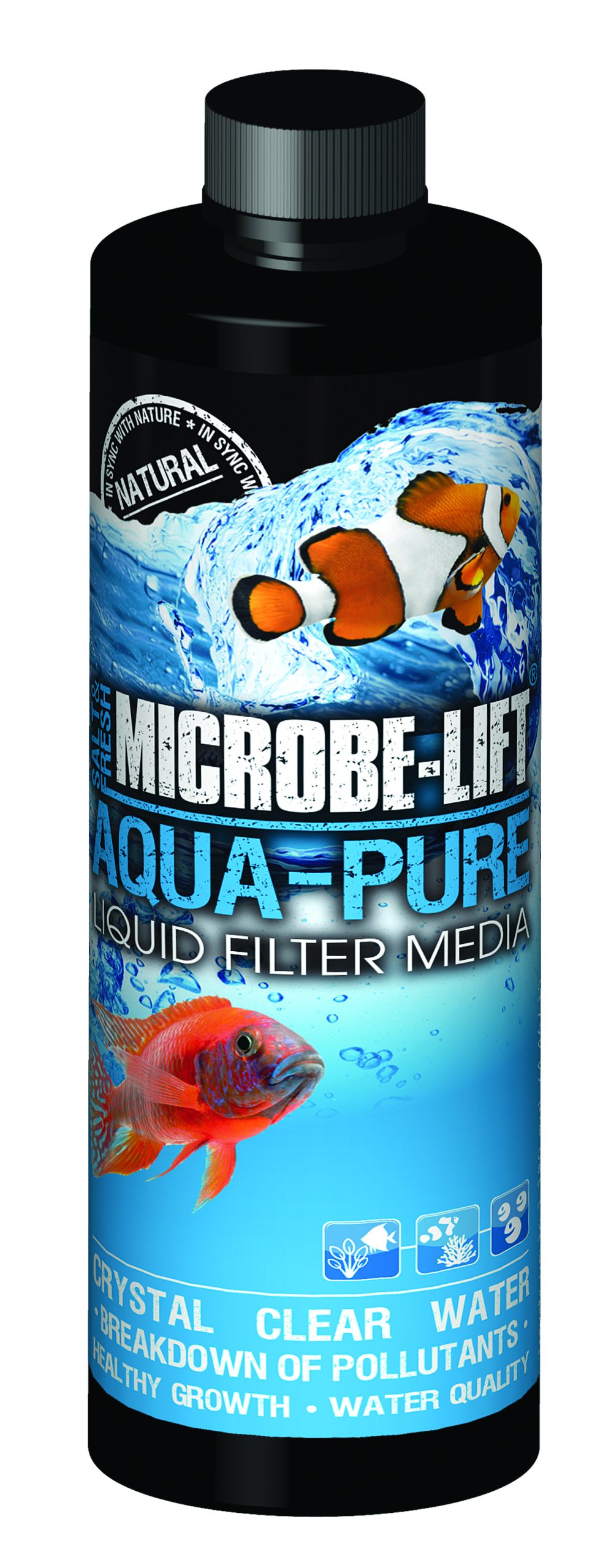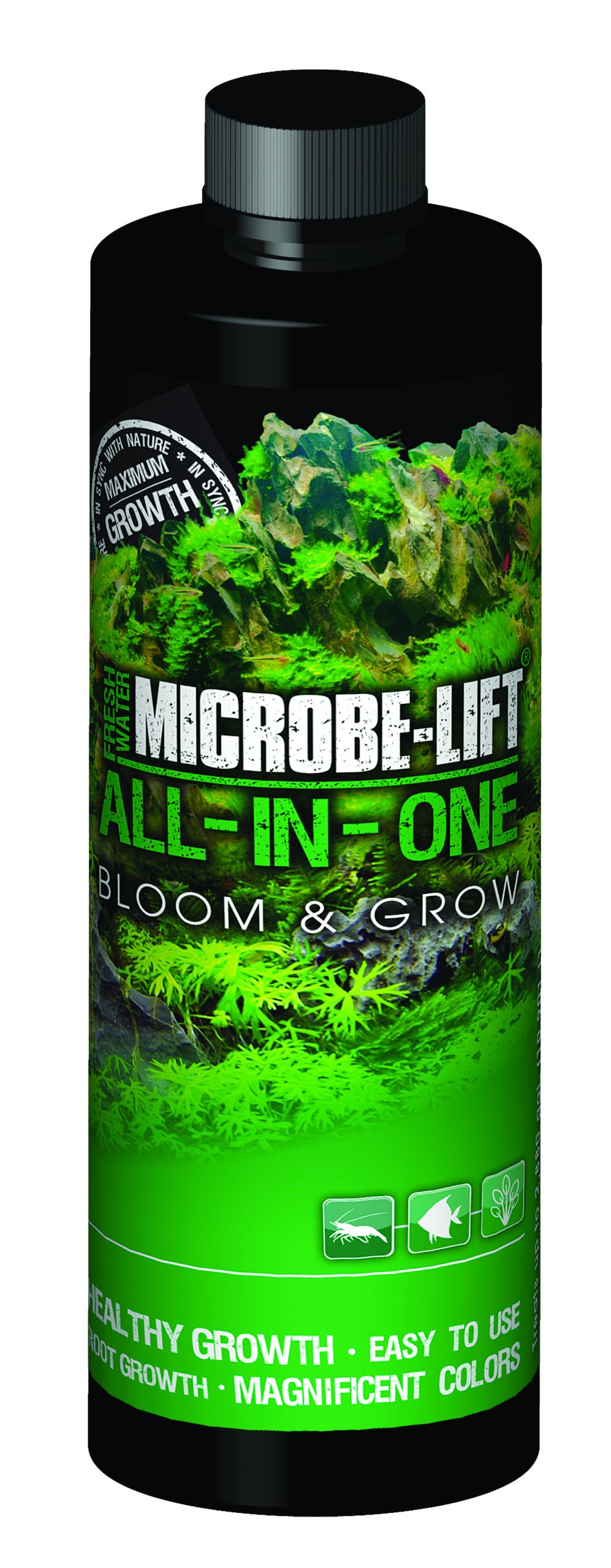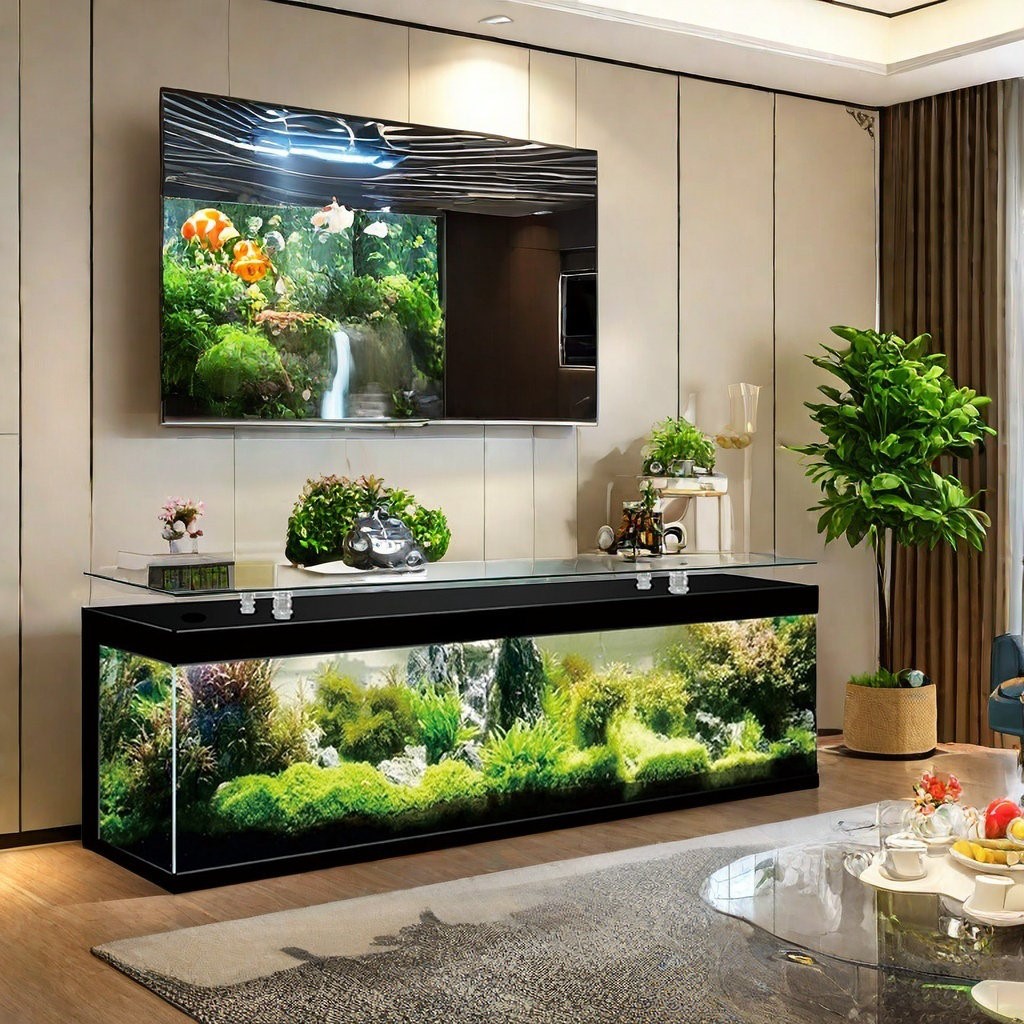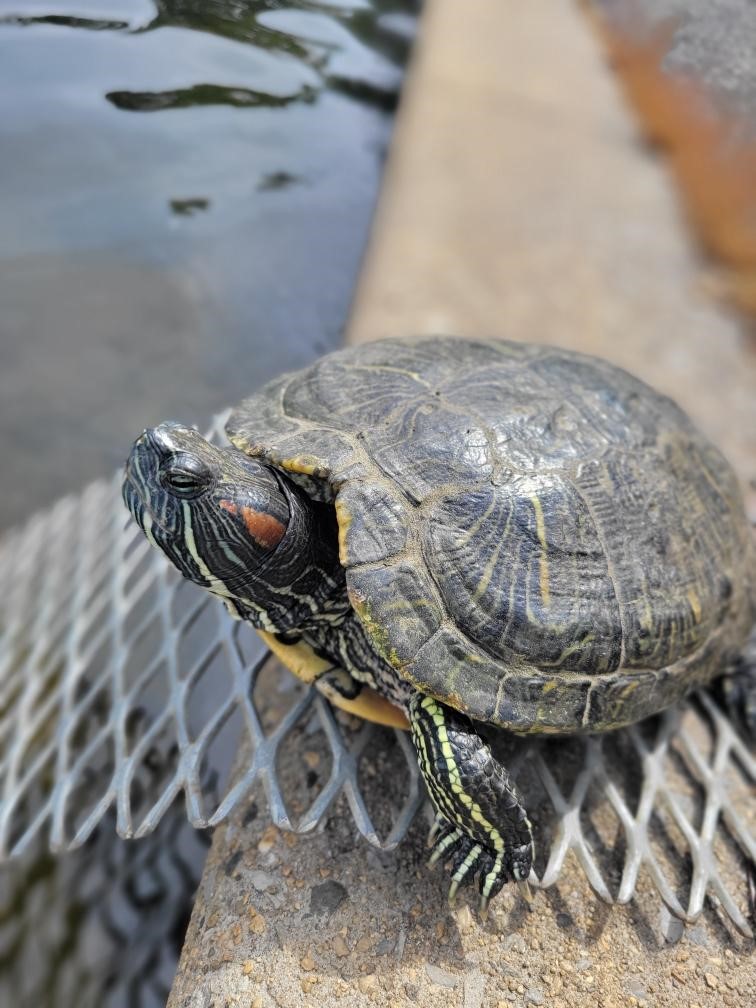“The Naididae are a family of clitellate oligochaete worms like the sludge worm, Tubifex tubifex. They are key components of the benthic communities of many freshwater and marine ecosystems. In freshwater aquaria they may be referred to as detritus worms.” Wikipedia
As said, we have all seen the Detritus Worms, but most of us did not know what they were. We probably did not know they were healthy for the environment either. They could be an indication of over-feeding, but we can count on them to clean up the substrate. I had once seen them swimming in my koi pond and was shocked. I learned they are not predatory to our fish. They are not harmful to humans either, so they won’t harm us when we have to reach into the water to adjust or clean. The only reason we wouldn’t want them is for the appearance of the tank.
Detritus Worms are the most common worms found in fish tank environments. They are typically small long white worms which wiggle about in the substrate or the filter. They move like a snake. They are usually from the “annelid worms” class and have segments in their bodies. Besides being harmless and even beneficial, they make excellent fish food. If you have fish in the tank, and vacuum the gravel, you should note a rapid decrease in population. Water changes of 10% to remove nitrates 2-3x/week is also helpful in removing these. Some people even breed them because they are work savers in tank cleaning. They also supply available protein to the fish.
Detritus worms can be used as an indicator for a variety of things. Worms will climb the walls of your tank for 1 of 3 reasons. 1) You disturbed them and they are now just confused and will return to the substrate in time. 2) The population has exceeded the amount of food for the worms in the tank and they are now in search of escape/more food. 3) There is an oxygen depletion in your aquarium that you need to fix. Also, you can see whether you are overfeeding you tank according to the worm population. The population will explode if there is a surplus of food being dropped in. A large population could potentially cause an ammonia spike if less food is suddenly fed (due to the large die off) so monitoring their population is a good idea.
Planaria is a flatworm that lives in both saltwater and freshwater ponds and rivers. They are not so common to be found and, well, not so easy to get rid of. They are asexual and can reproduce without mating. Planaria are difficult to find and can cause severe problems even when you have only a few. They can, for example, eat mystery snails and shrimp. They have been found clambering over fish, sliding into gills or other parts, causing stress and health issues. Planaria worms come from new fish, shrimp, snails, or non-frozen fresh fish food. That is why you have to quarantine all new fish, shrimp, or snails before adding them to your main tank.
I will present you with methods to get rid of Planaria. But, no matter which you choose, the most important thing to do is to stop feeding it.
- Reduce the quantity of food you feed your fish. If your fish don’t eat all the food, remove it quickly and give less the next day. Many fish species eat Planaria, such as Guppies, Gouramis, Goldfish, Angelfish, Mollies, and a few others.
- There are Planaria Traps! I have never had to use any traps, but, due to its low price, a Planaria trap can be an additional way to handle these worms faster. Planaria traps are easy to set up and use. Each vendor could have differences on their trap, like a rubber on the top, a small weight, etc. That said, follow the manufacturer’s instructions to set your trap accordingly.
- To get rid of planaria in an aquarium, the most common method is to use a chemical treatment containing either fenbendazole (often found in dog dewormers like Panacur) or praziquantel, though be cautious as these can harm snails and other sensitive invertebrates in your tank; alternatively, you can try using a dedicated “No Planaria” product which is considered more snail-safe, or set up traps to manually remove them by attracting them with food like cooked egg white.
So, to wrap it up, enjoy your aquarium and keep an eye out for Detritus worms, checking any incoming fish, snails, shrimp, etc. for the dreaded Planaria!
*Giving credit to Aquarium Science as one of the sources of information and the owner of the image of Detritus Worms.

